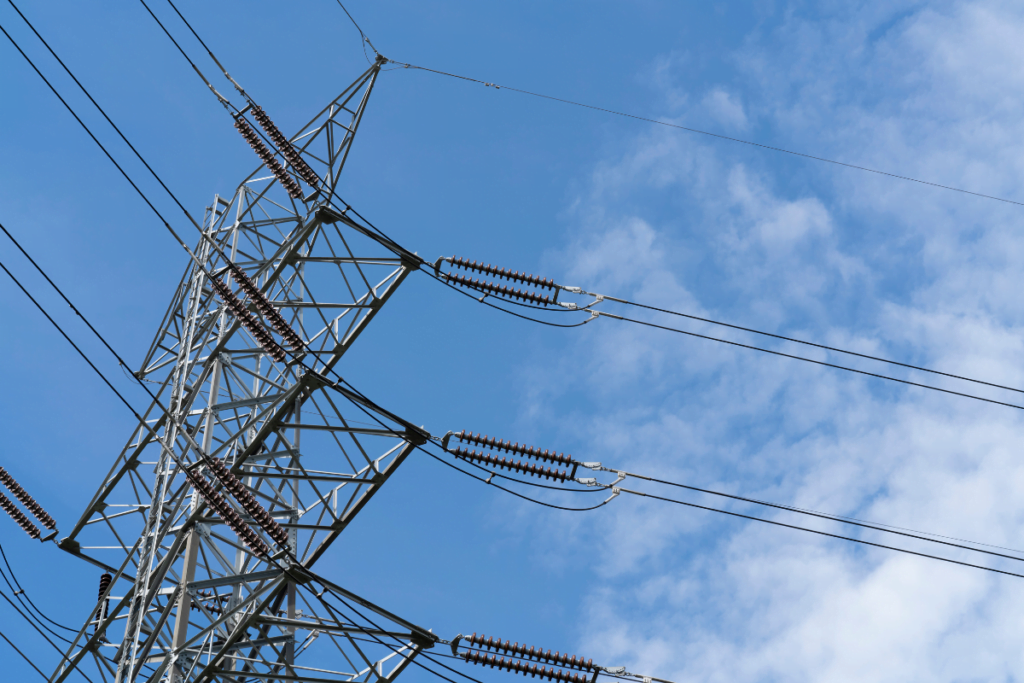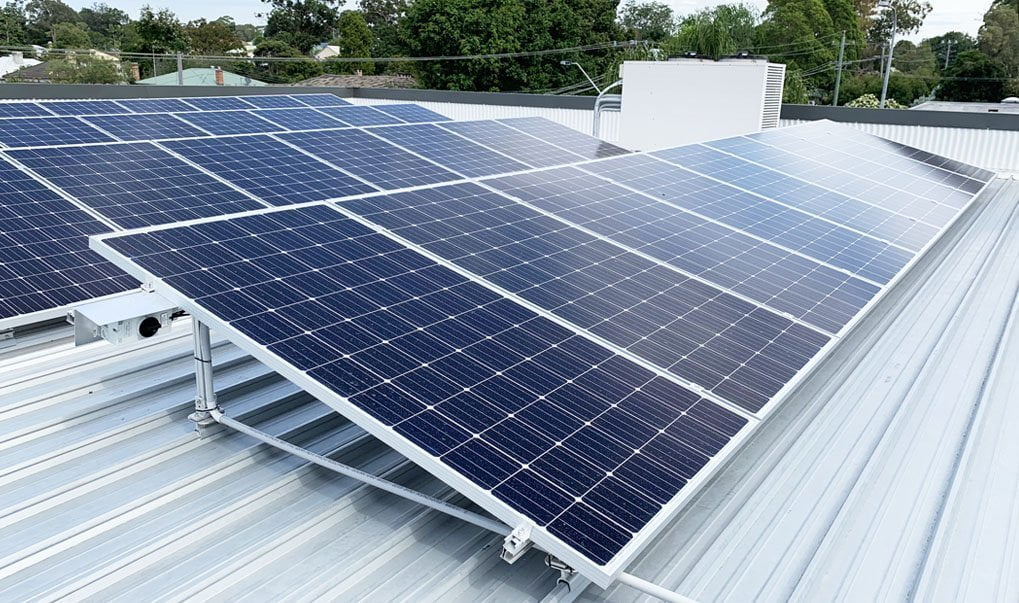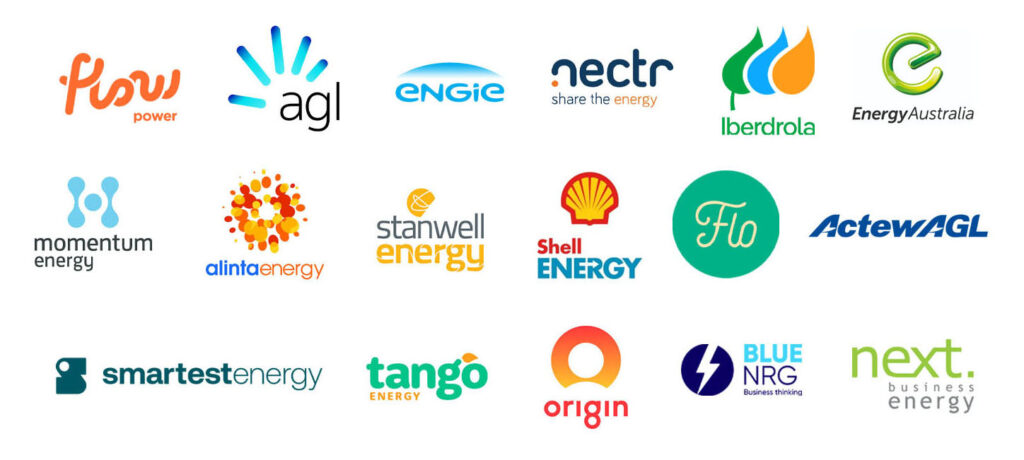South Australia’s energy mix price volatility was exposed after two gas plants were knocked out of action, sending wholesale and futures prices skyrocketing, only to tumble back down into negative territory the next day as exports of daytime renewables into the National Energy Market were halted.
The incidents highlighted that not having the right energy mix during the transition to renewables can create astonishing levels of volatility.
On the afternoon of Friday 12 March, one of the main circuits on the transmission line between South Australia and Victoria was shut down.
The work was to complete long-overdue repairs to the system, which was damaged more than a year ago when transmission towers were blown down during a storm.
South Australia Energy Mix shortcomings exposed after gas plants trip and exports cut off

While the sun was shining all went well. But as sunset came on a calm day with little wind, a cable fire ignited at the transmission station causing the new 210MW Barker’s Inlet gas peaking plant to trip.
The blowout had a domino effect, knocking out the main units at the 1,280 MW Torrens Island plant, which is South Australia’s biggest generator.
Electricity demand is predictable in pattern. The morning sees a steady ramp in demand as people make their cups of tea and set about their pre-work routines.
This demand fades into negative territory during the sunshine hours as plentiful rooftop solar and commercial-scale renewables flood the grid.
As soon as the sun sets, demand shoots up dramatically, creating the phenomenon known as the duck curve.
In this particular instance, solar generation was winding down for the day and winds were weak. The situation was compounded by half the state’s gas generation capacity being taken out.
The Tesla battery released all its stored capacity, but this was nowhere near enough to keep the lights on and diesel generators kicked in.
Prices soared to 37 times higher than normal, then plummeted into negative territory
As a result, electricity prices soared to the market cap of $15,000 per MWh. To put this into context, it pushed the daily average to $1,335 per MW hour when the average for 2021 is just $36 per MWh.
South Australia’s energy mix’s quirks were exposed on Saturday and Sunday when prices went into negative territory at -$48 per MWh and -$158 per MWh because the state’s grid was awash with cheap and abundant renewables.
The flood of renewables was so large that South Australia’s big three solar farms shut down because conditions were so good that the bulk of demand was filled by rooftop solar.
On Sunday morning, the Australian Energy Market Operator predicted that demand would fall below the ‘islanding’ threshold of 400 MW to 372 MW.
Islanding is when a state must cut itself off from the rest of the grid to prevent damage to infrastructure as a result of excess capacity and generation compared to demand.
In the end, demand fell even lower to 358MW.
This is not the lowest it has fallen to, South Australia’s lowest-ever daily demand was 300 MW.
AEMO switched off 67 MW of commercial, distributed and rooftop solar

AEMO had to intervene and instructed solar farm ElectraNet to switch off for about an hour, reducing its daily generation by 7 percent over the day.
The state now also requires the ability to curtail rooftop generation by controlling inverter settings through a nominated agent when demand falls low.
The move will give AEMO more than 100 MW available for such needs by next spring. In this instance, 10 MW of distributed solar, 40 MW of rooftop solar, 17 MW of commercial solar were curtailed to prevent grid damage.
AEMO said the event was a good example of how renewable energy sources needed to be better orchestrated and highlighted the need for more immediate dispatchable battery power.
It also said the SA-New South Wales connector was sorely needed and needed to be lifted out of the quagmire of red tape that it was stuck in.
We source, analyse, compare and rank commercial, industrial and multisite energy quotes. Obligation Free.
Chat with one of our experienced consultants today and get the insights your business needs to help manage the risks associated with volatile electricity and natural gas markets. Our energy procurement service is obligation-free and provides a time-saving way of securing lower energy rates from our panel of energy retailers.







